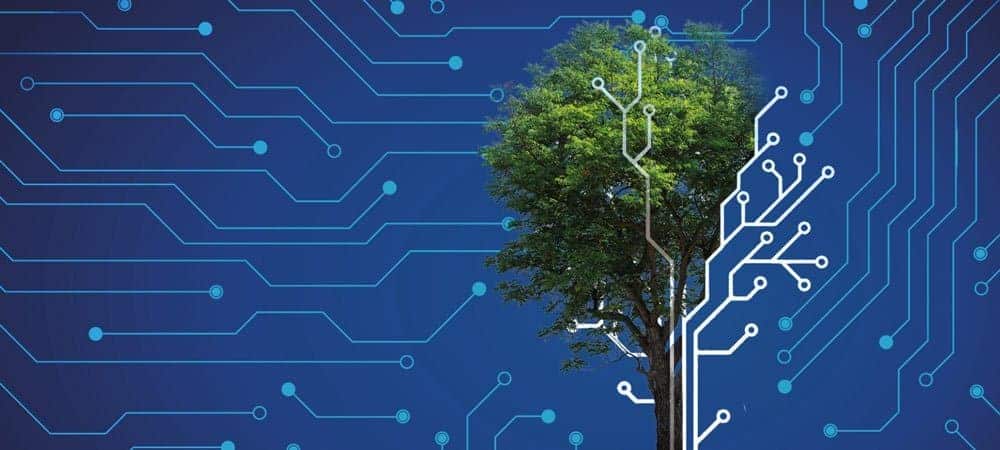The Green (Digital) Revolution


Environment, Health, and Safety
Traditionally, companies are well-positioned when it comes to issues such as occupational health and safety and health aspects of their employees. Relatively new is the systemic advocacy of issues that affect a company’s environmental footprint. More and more tenders are asking questions about EHS and ranking them higher. Such metrics are also increasingly a benchmark for employees and potential job applicants.
What we see many companies using today as the foundation for their data outside of ERP is—surprise, surprise—good old Excel. As the importance and volume of data increase, so do the use of specialized EHS solutions. These solutions bring many important reports, the workflows are tailored to EHS requirements, and they include relevant interfaces. Auditing is also easier because the results are transparent.
Increasing complexity
An example of the increasing complexity: as early as 2011, the Greenhouse Gas Protocol developed and published a standard for CO2 balancing. The GHG Protocol divides emissions into three scopes, only one of which, Scope 1, directly concerns the company. When companies report according to this protocol, a lot of data are needed from suppliers, which requires good preparatory work and a suitable system.
The scopes we are talking about are Scope 1, Scope 2, and Scope 3. Scope 1 represents all direct emissions that come from activities of a company and its associated subsidiary organizations. These are areas such as production, transport, storage, the company fleet (including company cars), and infrastructure such as buildings.
Scope 2 records the upstream indirect emissions that the company purchases. These are services such as electricity, heat, and purchased goods and services in general as well as transport by third-parties, business trips, or waste. As you can see, it becomes more complex to obtain all the data. Consulting companies also fall under this scope. When using SaaS solutions, companies should also factor in these emissions. Do you know whether your provider uses green electricity, for example?
Finally, Scope 3: Here, the downstream activities of a company are considered—i.e., sale, transport, and processing of goods. In many areas, such as IT, it is particularly important how the sold goods are handled at the end of their lifecycle. Are they reprocessed, recycled, or thrown away?
All together
The inclined observer of the software market will also recognize that this has become an economically important topic. Many exciting startups operating in this environment have been taken over by large providers, which are integrating these solutions into their portfolios. This trend is very likely to continue.
One vendor that specializes in research on solutions like EHS is Verdantix. In the recently published edition of its “Green Quadrant For Carbon Management Software 2022”, the leading providers of precisely such solutions are examined and classified. It is interesting to note that no ERP providers appear among the manufacturers of the examined solutions. While they are very good at determining Scope 1, it is safe to assume that companies are usually better off to capture external data of Scope 2 and Scope 3 with a third-party solution.




